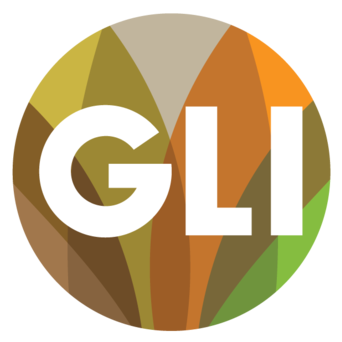In 2014 the ministry of gender labor and social development (MGLSD) in partnership with other organizations formed a toll- free number, Uganda child help line (UCHL) now known as the SAUTI 116 Child Help line, where all matters of child abuse can be reported. According to the 2016 annual report “2878 cases of child abuse were reported, 1118 callers sought counseling services, 15,825 callers made inquiries about various services while 218,808 other callers sought to greet the counselors, test the line, prank or were silent.”
Summary and Purpose
The purpose of this study is to provide the US Embassy and partners with a report detailing who is running external hotlines, understand how they are operating and establish whether or not they are coordinating with 116 or other government legal channels. Additionally, to get an idea of public’s awareness of this service and its acceptability among communities that GLI serves.
Over a period of 2 weeks, the GLI Research and Evaluation team conducted a rapid assessment of the gaps in the operations of the Sauti 116 Child helpline. We aimed to do this by learning about external helpline operations and assessing the public’s knowledge and awareness of the helpline.
Our results indicated that awareness of Sauti 116 Child helpline among the public was low. 92 out of 111 (82%) of people interviewed had not heard of the child helpline. 76% (84 out of 111) of respondents said they would call 116 for Gender Based Violence (GBV) and Child Abuse issues, only 1 person said they would not use the number. 46% of all respondents would report GBV cases to their Local Council (LC) and 17% to the police. Other places respondents would report to were Legal Aid, Church leaders, Clan leaders and family protection unit.
All 33 external GBV/Child abuse hotlines provided were contacted. 13 out of 33 were successful contacts who provided detailed information about their operations. Information obtained from internet searches revealed that most of these lines are registered with international organizations. They collaborate closely with local councils, police and legal entities. Marketing is generally conducted on social media, radio and community outreach events.
Our team recommends expanding this research to include a cross-sectional survey of the general population with a larger representative sample. Field researchers recommend an expansive awareness campaign of the Sauti 116 Child helpline based on their interactions with members of the general public and hotline operators.
Methodology
Research questions: We divided the research questions into two sections in order to design surveys for the hotlines and surveys for public’s awareness of the 116 Child Helpline.
Study Plan: We planned a rapid assessment of 33 hotlines and awareness in 2 communities over a period of 2 weeks with a team of 8 researchers Survey Questions: We employed questionnaires that had both qualitative and quantitative questions. Both tools were pretested before use.
Survey Method: We conducted a census survey of the external hotlines by conducting a telephone survey and a cross-sectional survey of 2 districts where GLI has community connections.
Training and Field Research: Field Researchers received training on the use of the questionnaires and the study purpose. They also received social distancing and infection prevention awareness instruction. Analysis of results: Answers were entered into a secure MS excel data base and analyzed using pivot tables and graphs. Emerging trends were described as frequencies and percentages.


